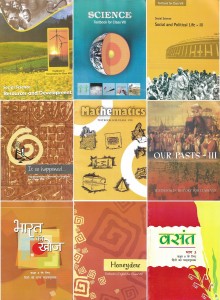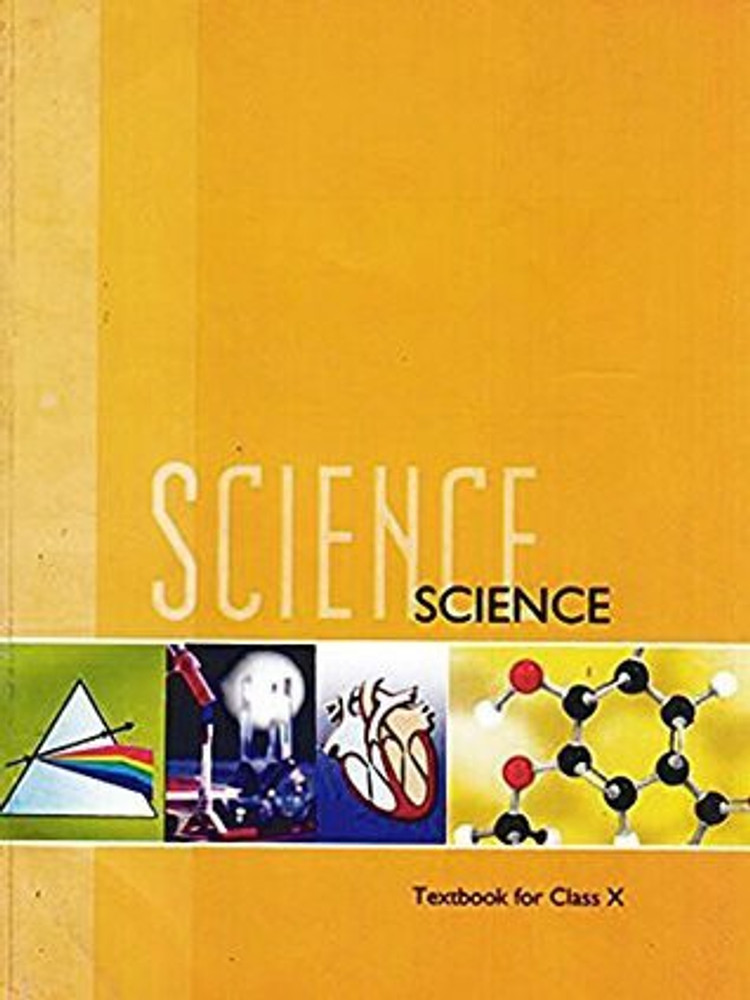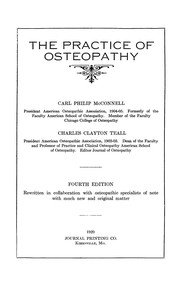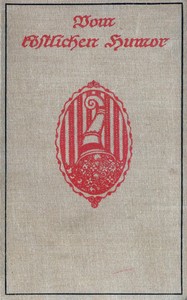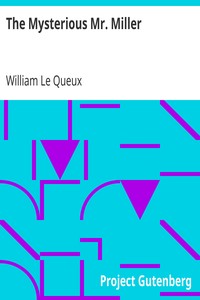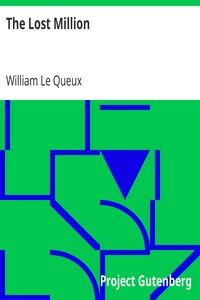Wolf-Rayet 104's Orbit Tilt Reduces Gamma-Ray Burst Threat, Study Finds
New research using Keck Observatory’s instruments confirms that the orbit of Wolf-Rayet 104 is tilted 30-40 degrees away from Earth, lowering concerns about a possible gamma-ray burst. Previously, it was believed that the system’s alignment could pose a risk. However, spectroscopy data now challenges these assumptions, raising new questions about how the star’s dust plume forms. This unexpected finding provides relief while introducing fresh mysteries about the star’s structure and wind interactions.

A new study has shed light on the orbital alignment of the well-known Wolf-Rayet 104 (WR 104) system, long considered a potential threat due to its speculated gamma-ray burst (GRB) risk. Observations conducted using multiple instruments at the W. M. Keck Observatory in Hawaiʻi have confirmed that the star system's orbit is tilted 30 to 40 degrees away from Earth. This discovery significantly reduces concerns that a supernova from WR 104 could direct a GRB toward the planet.
Study Confirms Orbital Tilt
According to research published in the Monthly Notices of the Royal Astronomical Society, WR 104 comprises two massive stars locked in an eight-month orbital cycle. The system features a Wolf-Rayet star emitting a strong carbon-rich wind and an OB star producing a hydrogen-dominated stellar wind. Their collision generates a distinctive dust spiral that glows in infrared light.
The structure was first observed in 1999 at the Keck Observatory, and early models suggested that the pinwheel-like dust formation was face-on from Earth's perspective. This led to speculation that the rotational axis of the stars—and potentially a GRB—could be aimed directly at Earth. However, new spectroscopic data contradicts this assumption.
Unexpected Findings Challenge Previous Models
Reportedly, Grant Hill, Instrument Scientist and astronomer, stated, that their view of the pinwheel dust spiral from Earth absolutely looked face-on and it seemed like a pretty safe assumption that the two stars are orbiting the same way. However, his analysis revealed a surprising discrepancy, with the stellar orbit misaligned from the dust structure.
This unexpected finding raises new questions about how the dust plume forms and whether additional factors influence its shape. While the discovery brings relief regarding potential GRB risks, it also suggests there is still much to understand about WR 104's unique characteristics











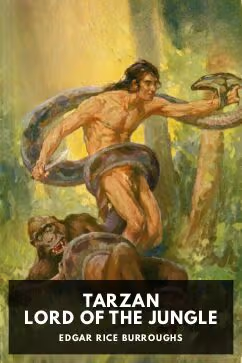
)
